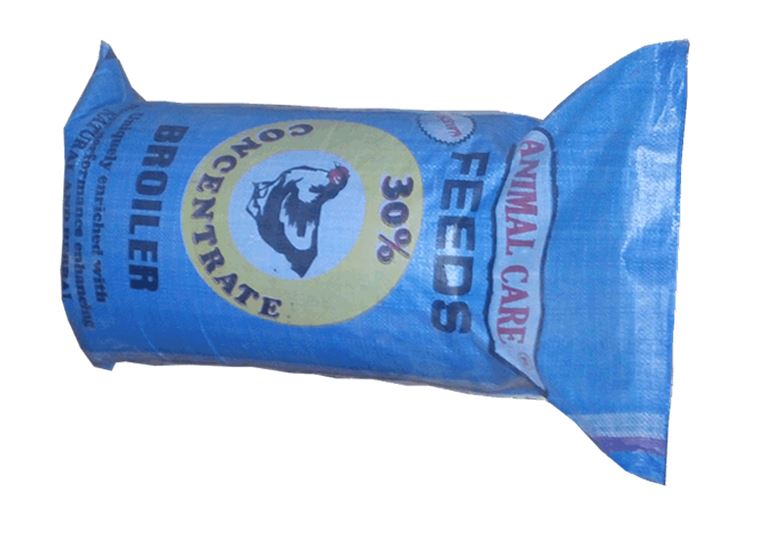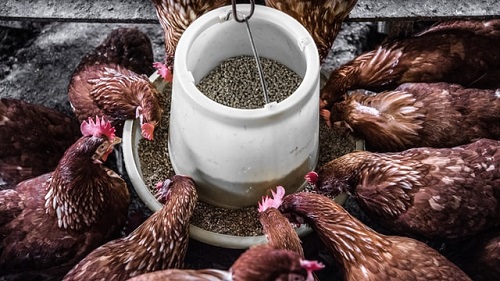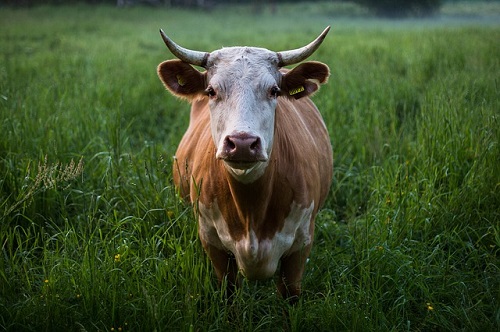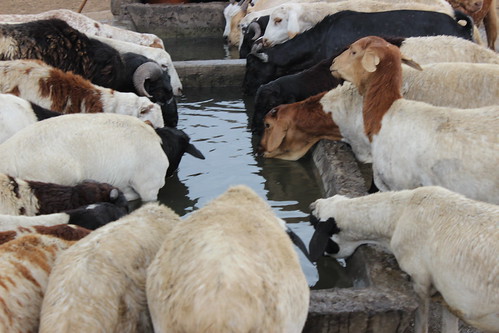What is Concentrate Feed?
According to the Association of American Feed Control Officials (AAFCO, 2000), Concentrate feed is the feed used with another to improve the nutritive balance of the total and is intended to be further diluted and mixed to produce a supplement or a complete feed.
A better explanation of concentrate is that: it is an incomplete feed that contains a higher percentage of energy, protein, premix (vitamins, minerals, amino acids, enzymes, organic acids) and other feed additives depending on the type of concentrate. It means that the concentrate is expected to be mixed with other feed ingredients maize, soyabean meal, groundnut cake, maize or wheat offal, bran, etc.
Therefore, concentrate feed should not be given to your animals until it has been mixed with other ingredients as specified by the manufacturer.
Types of Concentrate?
Concentrate feed is just feed that is intensely focused on one class of nutrients. There are:
- Energy concentrate
- Protein concentrate
- Minerals, vitamins, and additives concentrate
Concentrate feeds are available for different animal species (which include poultry, pig (swine), ruminants (sheep, goat and cattle, fish and other micro-livestock) at different production stages. For instance, there are:
- Chick concentrate (for birds between age 1 day and 6 weeks)
- Grower Concentrate (for birds between age 6weeks and 16 weeks)
- Layer concentrate (for chickens that are laying eggs)
- Broiler starter and finisher concentrate (for broiler chicken)
- Turkey concentrate
- Piglet and pig concentrate
- Cattle concentrate
- Sheep and goat concentrate
Different livestock companies brand their concentrate feed products using different names. Take for example, in Nigeria, Animal Care has Laymore Extra Inclusion Concentrate, Growfast Concentrate, etc. However, irrespective of the brand name, the particular purposes they serve are always indicated on the packaging label or sack.4

Advantages of Concentrate Feed
- It is cheaper
- It saves time
- It reduces labour cost
Disadvantages of Concentrate Feed
- There are possibilities of making mistakes when mixing. For instance, mixing with the wrong quantity of maize
- A farmer would find it difficult to use concentrate when there is a scarcity of maize or when machines such as hammer mill/crusher and/or mixer are not available.
How to Mix Concentrate Feed With Maize (Corn) and Other Ingredients
Mixing a concentrate feed with maize and other feed ingredients is easy. The process is outlined as follows:
- Measure the required quantity of maize grain. If you want to add wheat offal or any other ingredients, measure them and keep at one side.
- Crush the maize grains to the appropriate size using a hammer mill or crusher
- Reweigh the crushed maize grains to be sure the weight has not reduced.
- If you have a mixer, you can use it to mix the concentrates and other ingredients together. If not, you can mix manually on a clean floor using a spade. But ensure that mixing is thorough.
- Re-bag the feed after mixing or feed them to your animals.
How to Calculate the Mixing Ratio
If you notice, some concentrate feed manufacturers write percentages on the packaging sack of their concentrates. For example, 40% Broiler Finisher Concentrate. Some farmers think that figure means the level of crude protein (CP) in the concentrate. The truth is that the percentage is not necessarily the amount or level of CP. It is the proportion/ratio of the concentrate that must go to the quantity of feed to be prepared. In other words, it is the mixing ratio.
For example, if you want to make a tonne of broiler finisher using 40% broiler finisher concentrate, it means you need to use 400 kg (16 bags). The calculation is as follows:
- (40 ÷ 100) x 1000 kg = 400 kg of the finisher concentrate
The other 60% would be Maize or Maize + wheat offal (or other energy-rich ingredients) or as instructed by the manufacturer.
FAQs about Concentrate Feeds
What are concentrates in animal feed?
Concentrates are a mix of grains and other ingredients, including proteins, oils, vitamins and minerals, that are specially formulated to provide all the nutrients needed for animals.
What are concentrates examples?
Examples of concentrates in animal feed include corn, millet, wheat, barley, cottonseed meal, soybean meal, groundnuts, flaxseed, canola, and sunflower seeds.
Types of concentrate feeds
There are two types of concentrates feeds which are carbonaceous and proteinaceous.
Carbonaceous concentrate or energy feeds are made up of feed that is high in energy but often low in protein. They include cereal grains such as corn, millet, wheat and barley. These feeds are used to increase the energy levels in rations for livestock.
Proteinaceous concentrates or protein feeds are made up of feed that is high in protein or low in energy. The main sources of protein in these feeds are soybean meal, cottonseed meal and animal by-products. These feeds are used to increase the protein levels in rations for poultry, swine and fish.




Pls where can I get concentrate feeds in ibadan . Thanks.
Hi. You can check Afrimash Website
HI. Can i use broiler concentrate to make fish feeds?
Interesting
How many bags of maize grains can I mix to a 50kg of boiler concentrate .
The mixing instruction or ratio is always on the label or provided by the manufacturer.